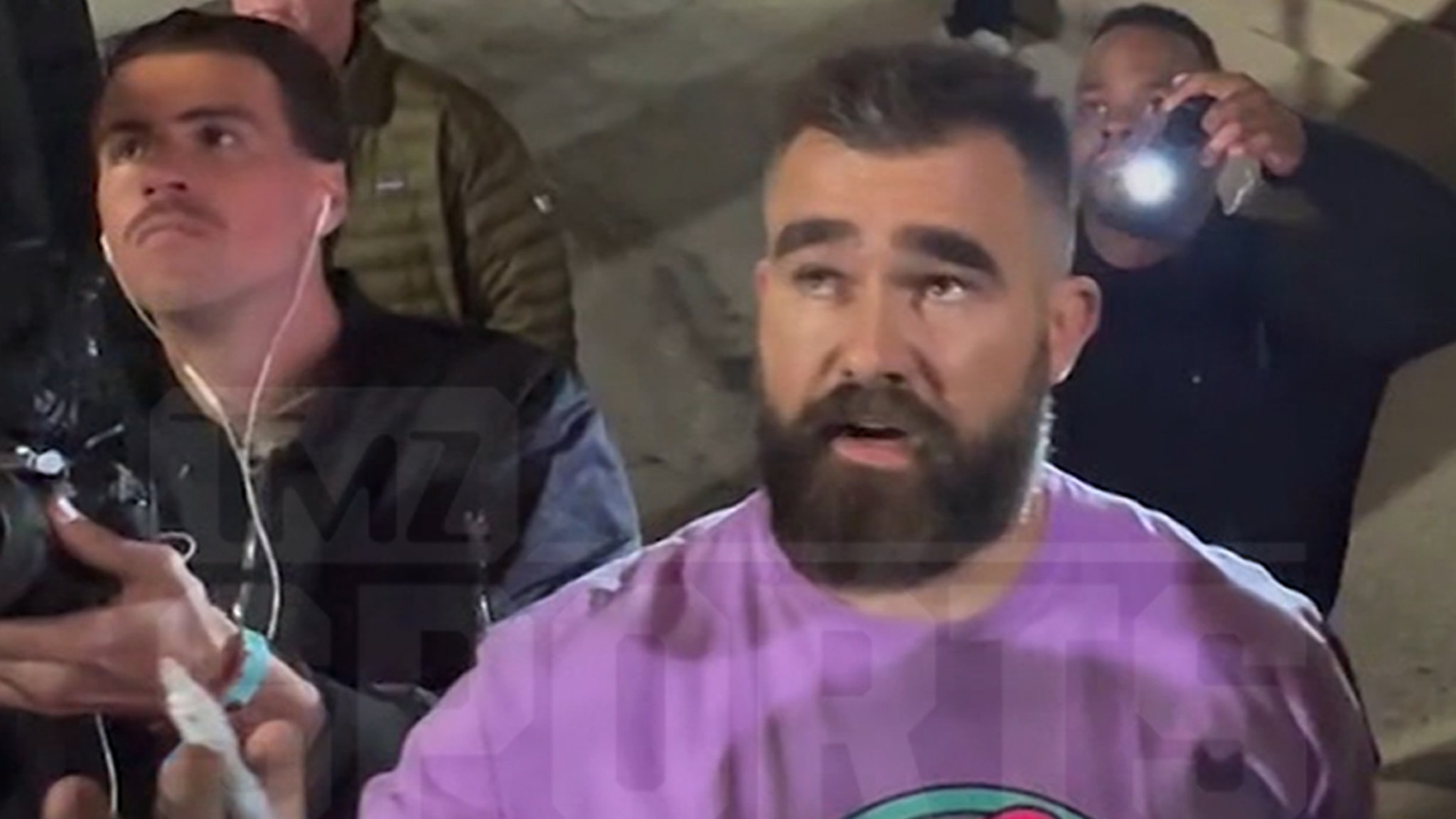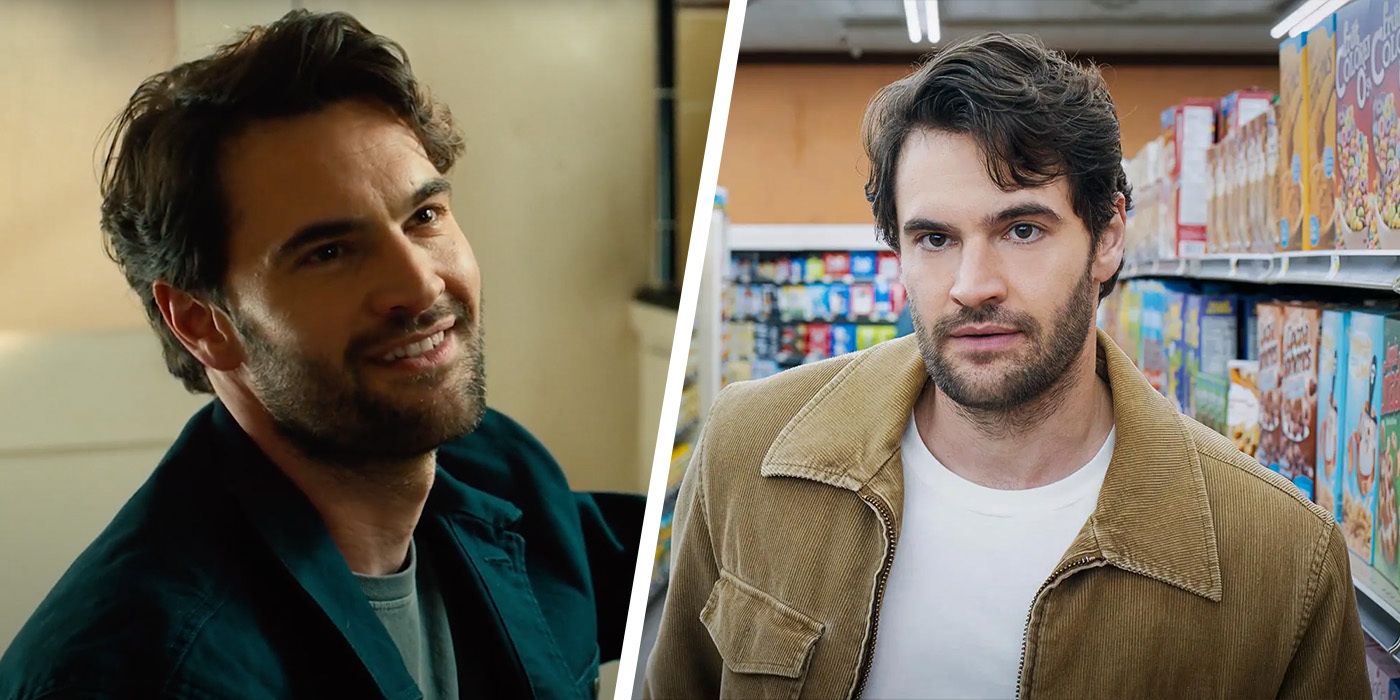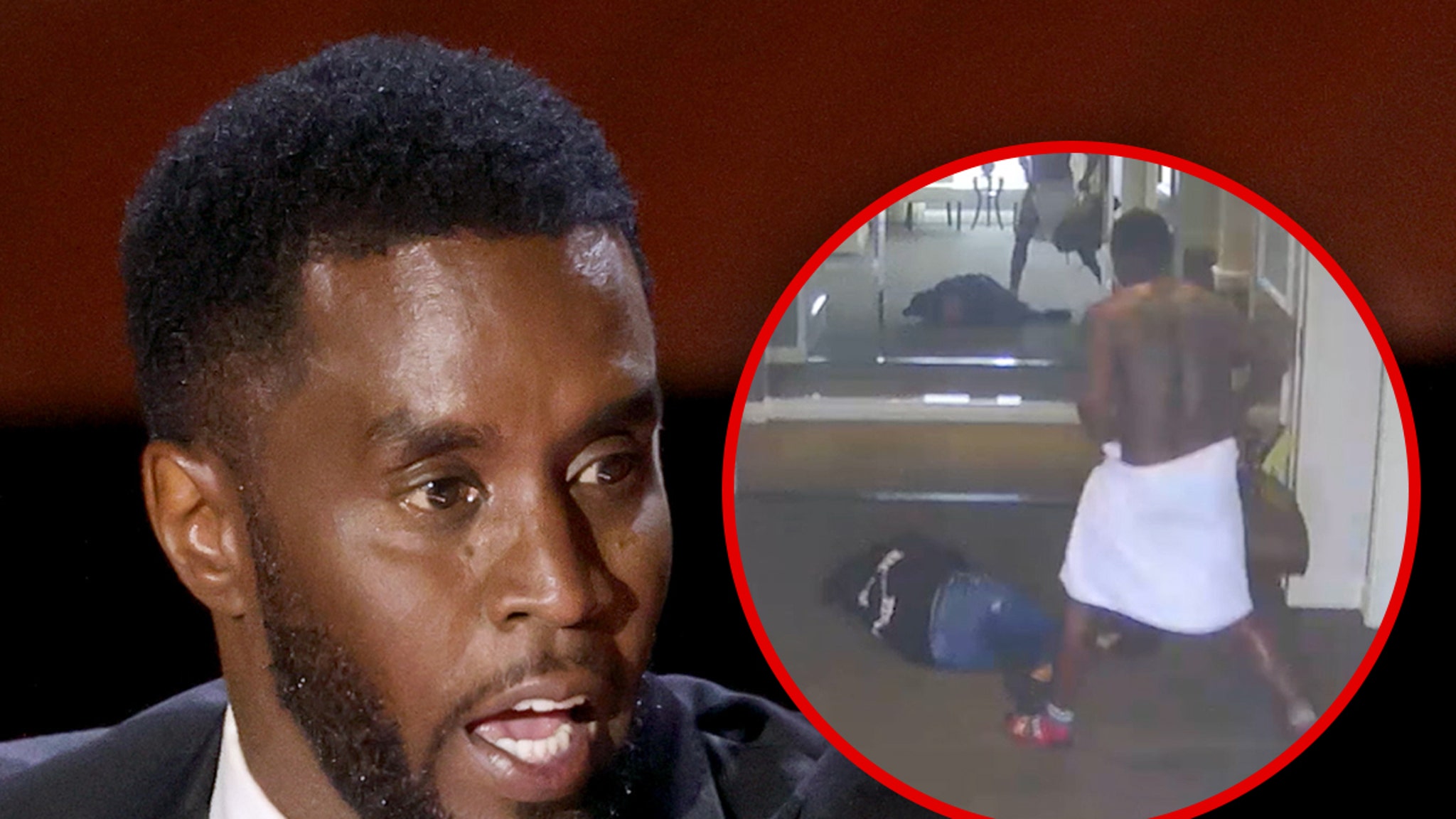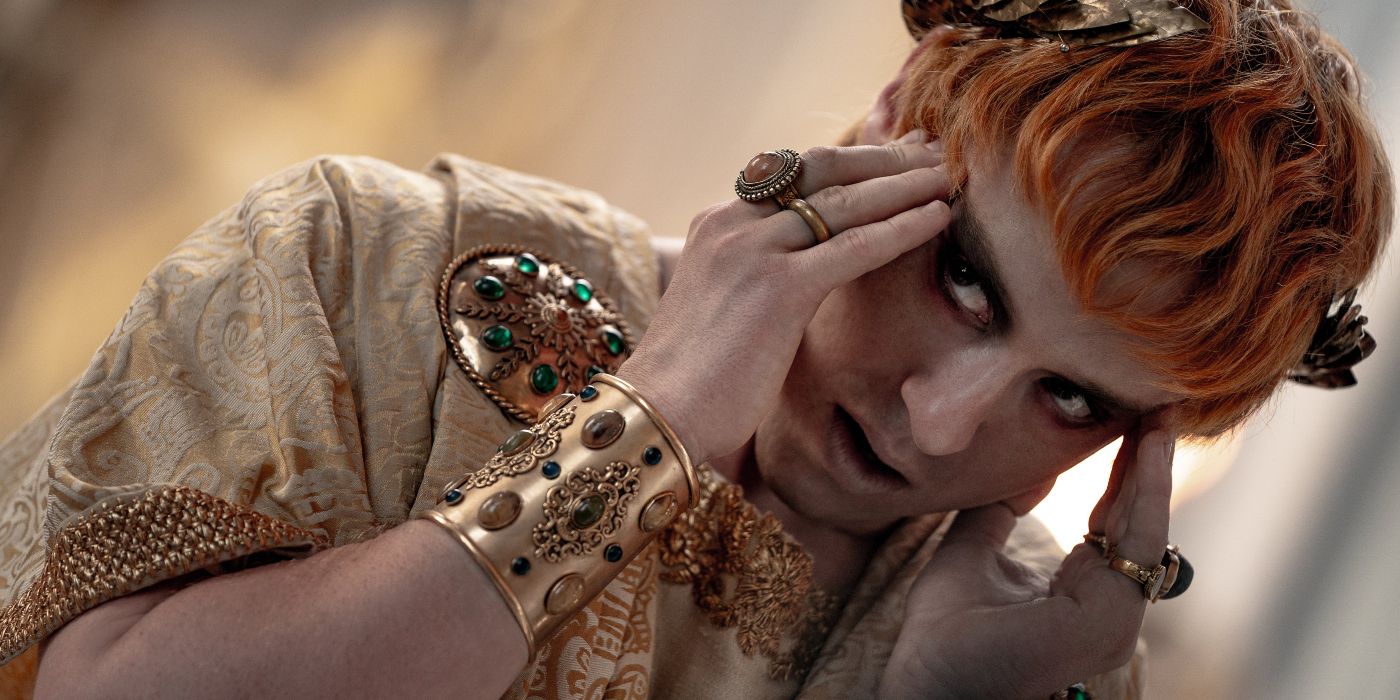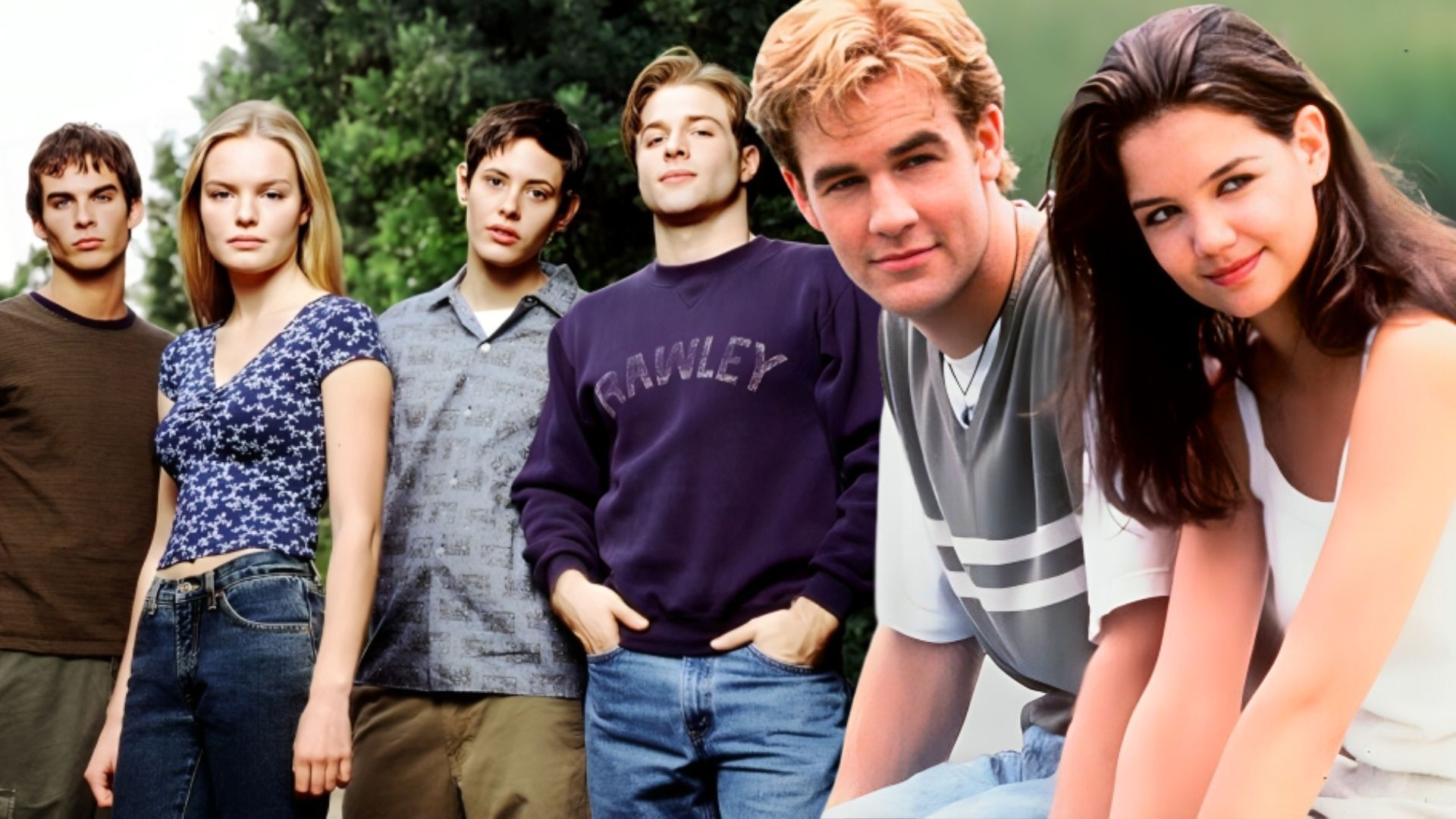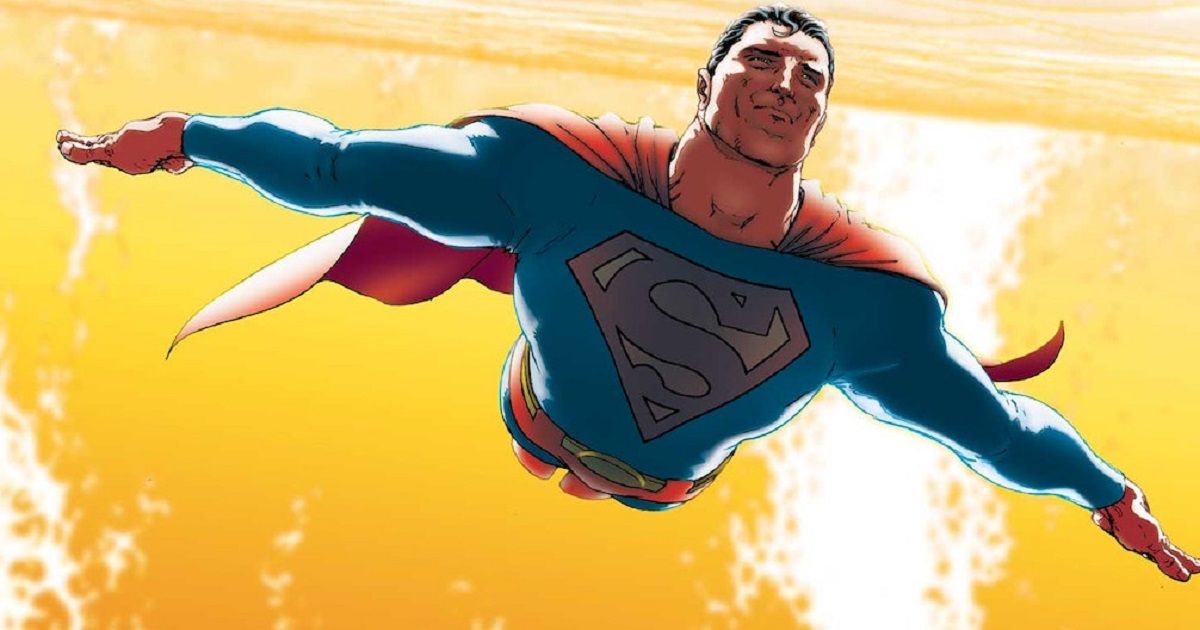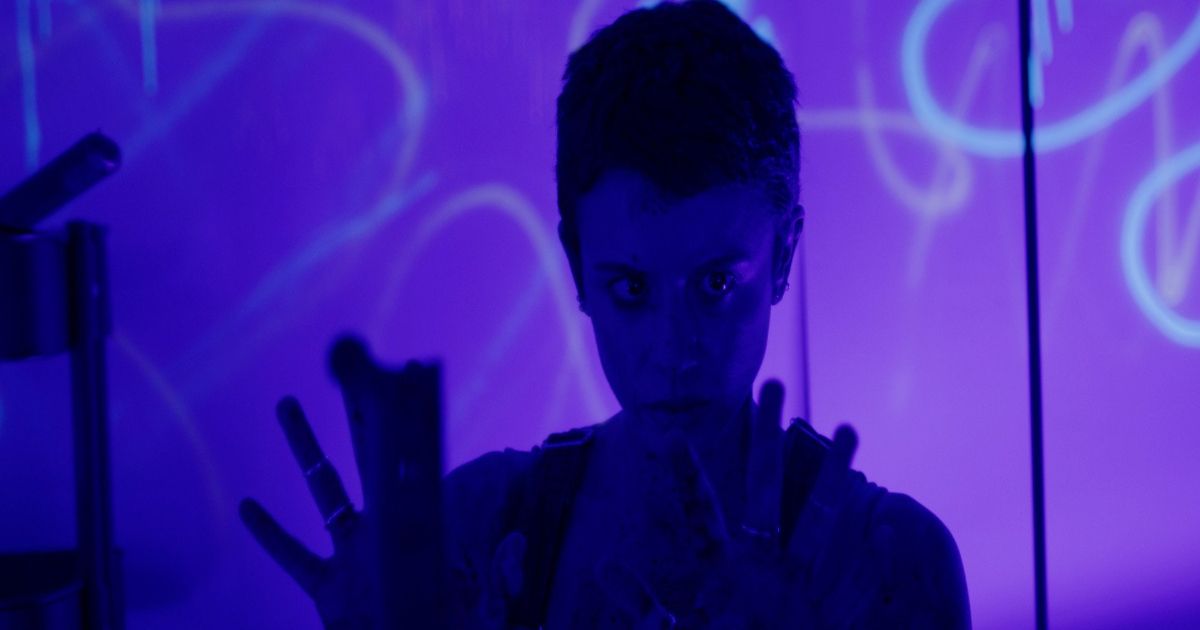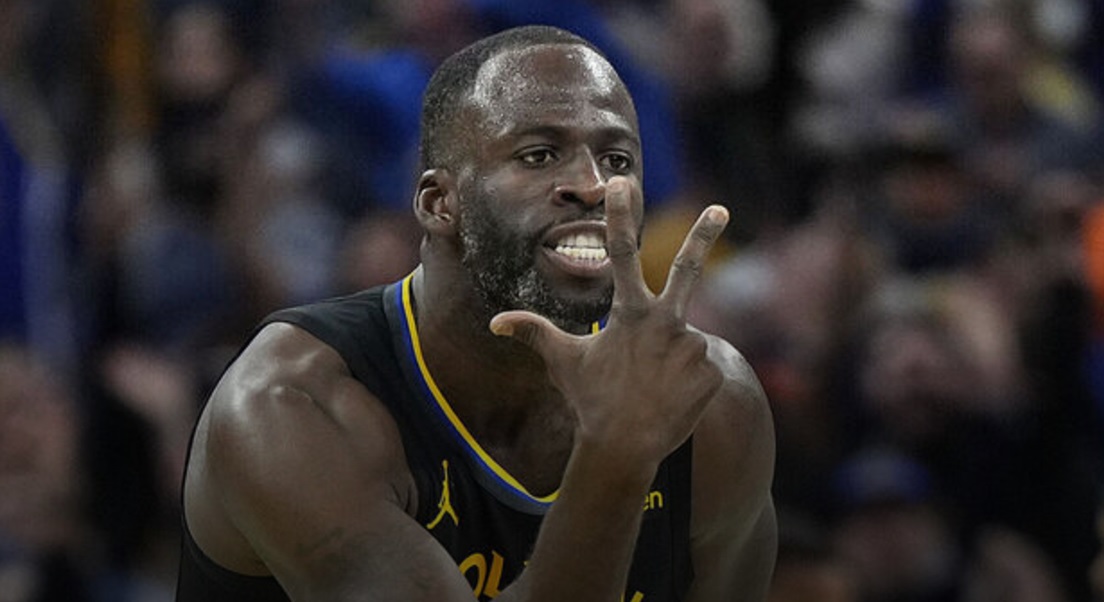Throughout, the filmmaker, working with amazing technicians including cinematographer Greig Fraser, editor Joe Walker, and production designer Patrice Vermette, manages to walk the thin line between grandeur and pomposity in between such unabashed thrill-generating sequences as the Gom Jabbar test, the spice herder rescue, the thopter-in-a-storm nail-biter, and various sandworm encounters and attacks. If you’re not a “Dune” person these listings sound like gibberish, and you will read other reviews complaining about how hard to follow this is. It’s not, if you pay attention, and the script does a good job with exposition without making it seem like EXPOSITION. Most of the time, anyway. But, by the same token, there may not be any reason for you to be interested in “Dune” if you’re not a science-fiction-movie person anyway. The novel’s influence is huge, particularly with respect to George Lucas. DESERT PLANET, people. The higher mystics in the “Dune” universe have this little thing they call “The Voice” that eventually became “Jedi Mind Tricks.” And so on.
Villeneuve’s massive cast embodies Herbert’s characters, who are generally speaking more archetypes than individuals, very well. Timothée Chalamet leans heavily on callowness in his early portrayal of Paul Atreides, and shakes it off compellingly as his character realizes his power and understands how to Follow His Destiny. Oscar Isaac is noble as Paul’s dad the Duke; Rebecca Ferguson both enigmatic and fierce as Jessica, Paul’s mother. Zendaya is an apt, a better than apt, Chani. In a deviation from Herbert’s novel, the ecologist Kynes is gender-switched, and played with intimidating force by Sharon Duncan-Brewster. And so on.
A little while back, complaining about the Warner Media deal that’s going to put “Dune” on streaming at the same time as it plays theaters, Villeneuve said the movie had been made “as a tribute to the big-screen experience.” At the time, that struck me as a pretty dumb reason to make a movie. Having seen “Dune,” I understand better what he meant, and I kind of approve. The movie is rife with cinematic allusions, mostly to pictures in the tradition of High Cinematic Spectacle. There’s “Lawrence of Arabia,” of course, because desert. But there’s also “Apocalypse Now” in the scene introducing Stellan Skarsgård’s bald-as-an-egg Baron Harkonnen. There’s “2001: A Space Odyssey.” There are even arguable outliers but undeniable classics such as Hitchcock’s 1957 version of “The Man Who Knew Too Much” and Antonioni’s “Red Desert.” Hans Zimmer’s let’s-test-those-subwoofers score evokes Christopher Nolan. (His music also nods to Maurice Jarre’s “Lawrence” score and György Ligeti’s “Atmospheres” from “2001.”) But there are visual echoes of Nolan and of Ridley Scott as well.
You can view the original article HERE.
